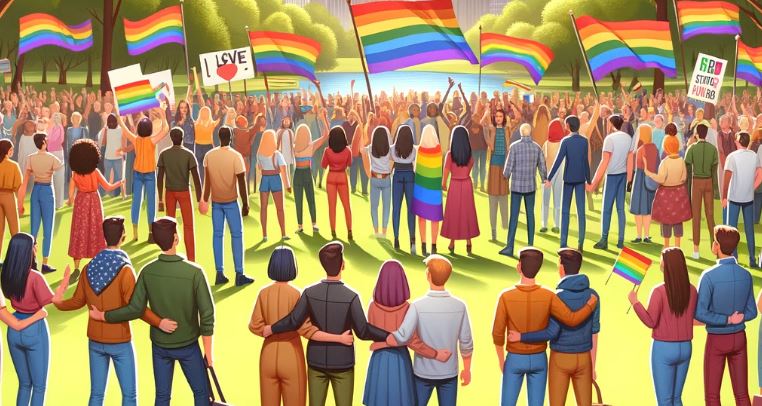LGBTQ Population in the US Grows by Over 2 Million
Introduction to the Expanding LGBTQ Population in the US
Recent studies, particularly by the Williams Institute, reveal a significant increase in the LGBTQ population in the United States. This growth is not just a mere statistic but a reflection of the evolving social fabric of the country.
Overview of the Williams Institute Study
The 17-page study by the Williams Institute offers comprehensive insights into the LGBTQ population’s size and distribution across the United States.
Significant Growth in the LGBTQ Population
According to the latest data, there are now 13.9 million adults in the U.S. who identify as LGBTQ, which is 5.5% of the national population. This marks a significant increase from previous reports.
Regional Distribution of LGBTQ Adults in the US
Surprisingly, the largest concentration of LGBTQ adults is in the South, contrary to popular belief. This new data challenges common stereotypes about regional LGBTQ demographics.
State-by-State Analysis of LGBTQ Population
While states like California and Texas have the largest numbers of LGBTQ adults, the percentages are lower than the national average. This section delves into the numbers and percentages in detail.
LGBTQ Population in Major US Regions
The study also sheds light on the distribution of the LGBTQ population in major US regions, including the Midwest, Northeast, South, and West.
Top States with the Highest LGBTQ Percentages
Oregon, Delaware, Vermont, and other states lead in the percentages of LGBTQ populations, showcasing diverse demographics across the country.
States with the Lowest LGBTQ Percentages and Anti-LGBTQ Legislation
Mississippi and West Virginia have the lowest percentages of LGBTQ people, and they also feature some of the most anti-LGBTQ legislation.
LGBTQ Identification by Age Group
The study provides a fascinating look into how LGBTQ identification varies by age, with younger demographics showing higher percentages.
Challenges Faced by Older LGBTQ Adults
Older adults face unique challenges in coming out, attributed to societal norms and personal safety concerns.
Methodology of the Williams Institute Study
A detailed explanation of the research methodology used in the study, including the questions and response options provided to participants.
Comparison with Other Studies and Polls
Comparing the Williams Institute data with findings from other studies like the Gallup poll, highlighting differences in methodology and results.
Implications of the Growing LGBTQ Population
This section explores what the increase in the LGBTQ population means for society, policy, and future trends.
Future Trends in LGBTQ Demographics
Predictions and analysis of how the LGBTQ population might evolve in the coming years.
Concluding Remarks
Summarizing the key findings of the study and their significance in understanding the LGBTQ community in the US.














+ There are no comments
Add yours